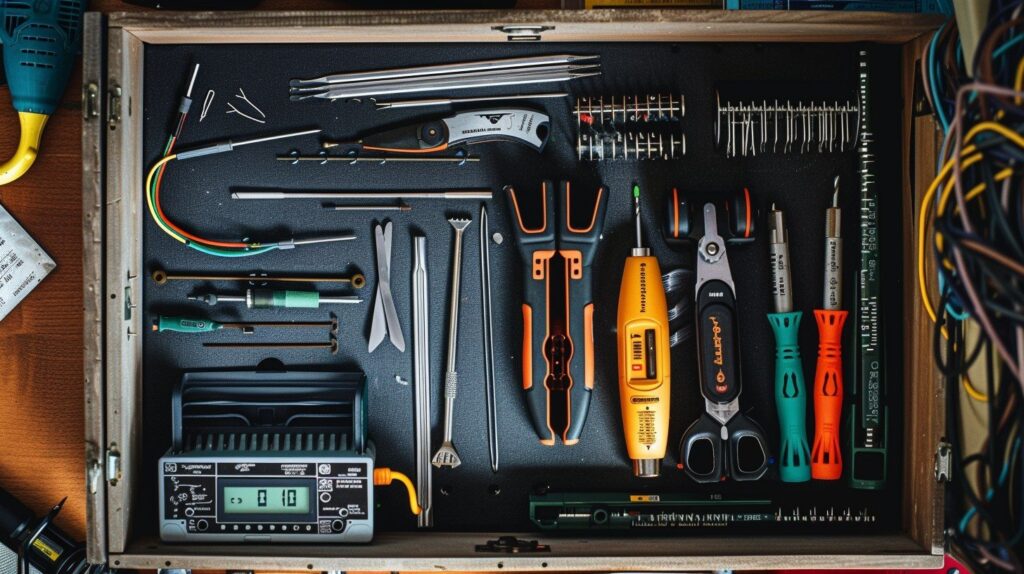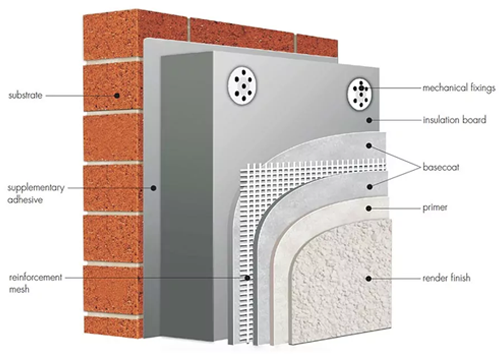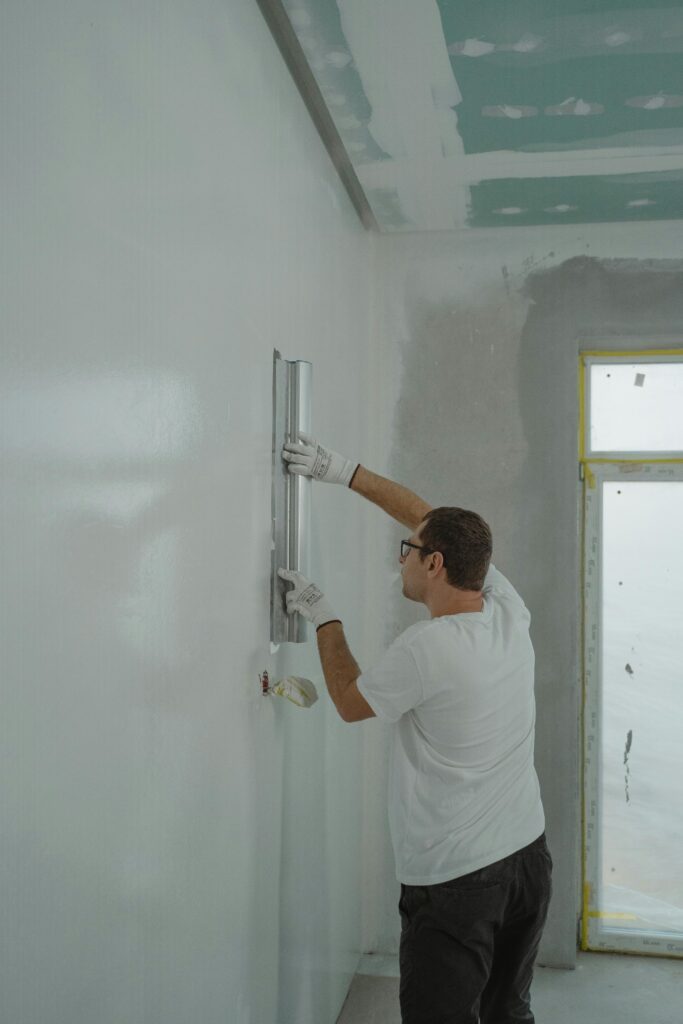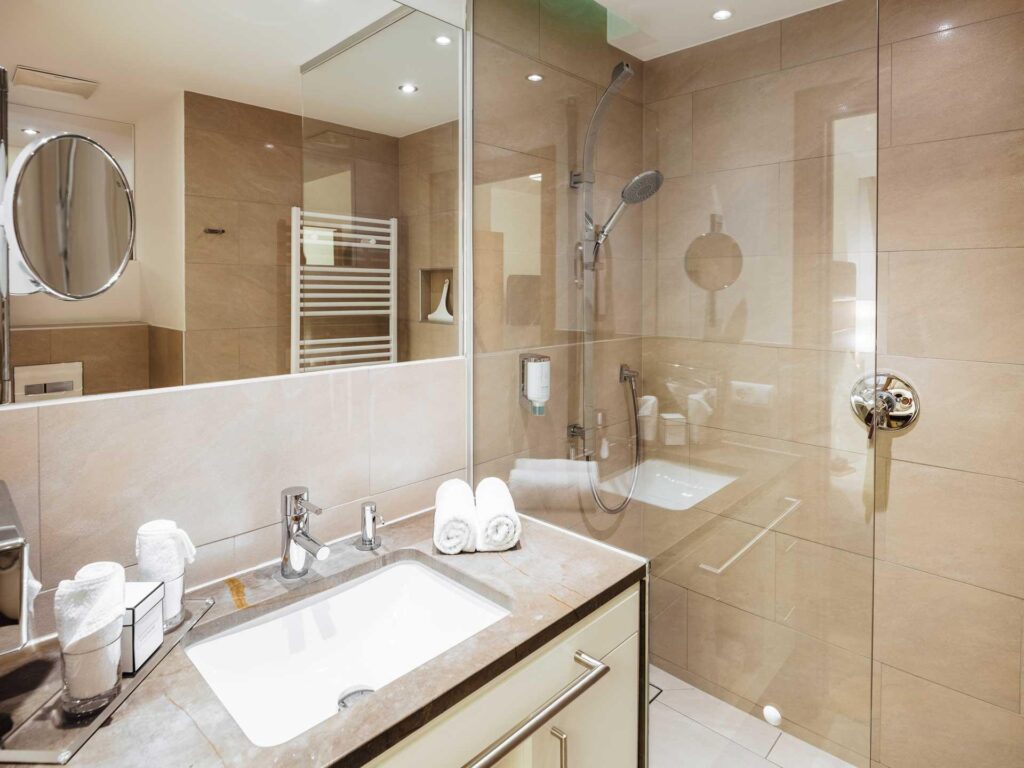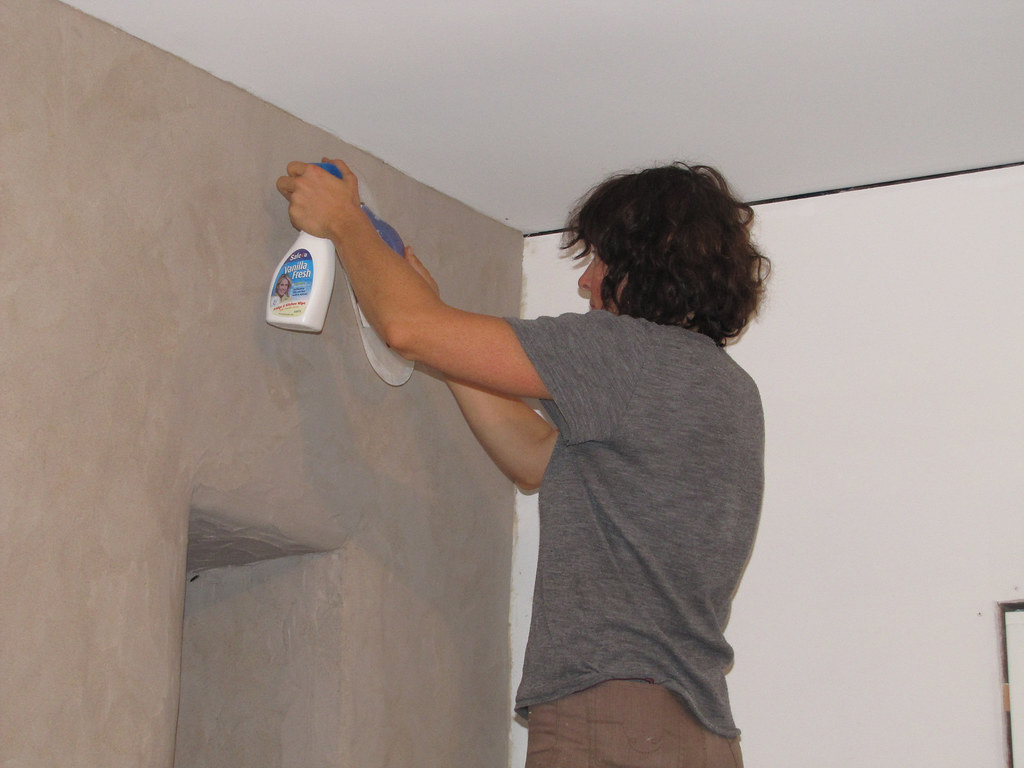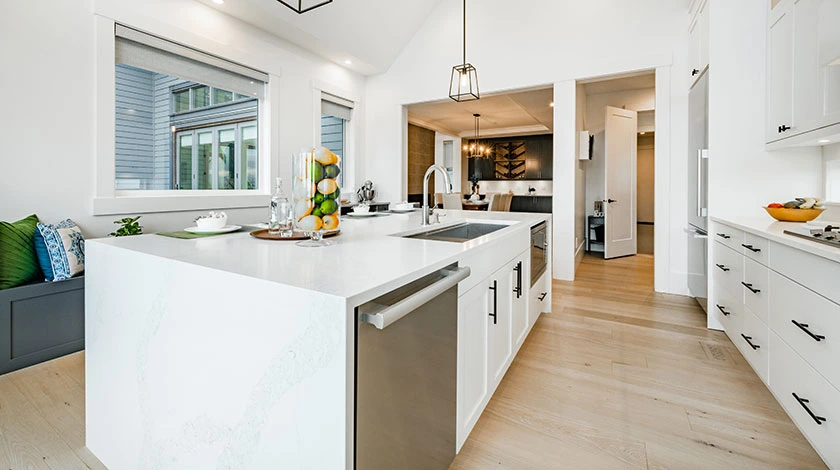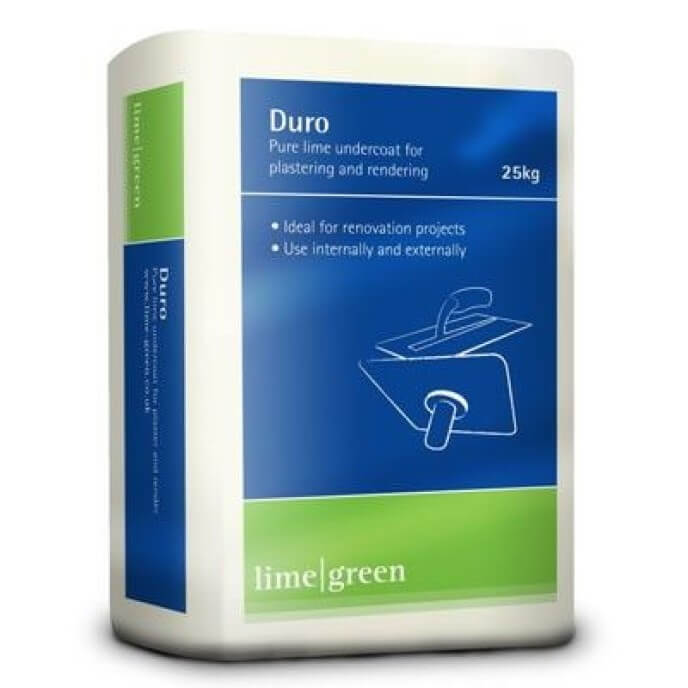Camp Nou Renovation Unveiled: The Ultimate Guide to Barcelona’s Iconic Stadium Transformation
As Barcelona’s Camp Nou undergoes its most ambitious renovation yet, discover how this €1.5 billion masterplan is reshaping football’s most hallowed ground. Introduction: A New Era for Football’s Greatest Arena Camp Nou, Barcelona’s iconic fortress and the spiritual home of Catalan football since 1957, is undergoing an unprecedented transformation. This historic stadium, which has witnessed countless legendary matches and hosted some of football’s greatest talents, is now the subject of an ambitious €1.5 billion renovation project. The comprehensive modernisation aims to secure Camp Nou’s position as the world’s premier football venue for generations to come, combining cutting-edge technology with sustainable design principles. The project represents not just a facilities upgrade, but a bold statement of Barcelona’s commitment to maintaining its status as a global football powerhouse. The Ambitious Masterplan: Breaking Down the Numbers The scale of the Camp Nou renovation project is truly staggering, employing an international workforce of 3,300 skilled professionals from 27 different countries. Since April 2025, construction has been operating round-the-clock, with teams working in carefully coordinated shifts to ensure maximum efficiency. The total investment has reached an eye-watering €1.6 billion, making it one of the most expensive stadium renovation projects in sporting history. Workforce: 3,300 workers from 27 countries Operating Hours: 24/7 construction schedule Total Investment: €1.6 billion Project Duration: 24 months from start to completion International Expertise: Specialists from across Europe, Asia, and the Americas Revolutionary Playing Surface Technology At the heart of the renovation lies a state-of-the-art hybrid playing surface that combines natural grass with synthetic fibres. This innovative system, scheduled for completion in May, represents the pinnacle of modern pitch technology. The surface incorporates an advanced heating and cooling system that maintains optimal playing conditions throughout the year, regardless of weather conditions. The hybrid technology ensures 98% natural grass coverage while providing three times the durability of traditional turf. Hybrid Grass System: Combined natural and synthetic fibres Climate Control: Integrated heating and cooling technology Drainage System: Advanced water management capabilities Maintenance: Reduced upkeep requirements Durability: Triple the strength of conventional pitches Engineering Marvel: Structural Transformations The structural modifications to Camp Nou represent an extraordinary feat of modern engineering. The third-tier stands are being completely reconstructed with cutting-edge steel framework and reinforced concrete elements. Upon completion, the stadium’s capacity will increase to 105,000 seats, securing its position as Europe’s largest football venue. The new design incorporates advanced load-bearing structures that enhance safety while improving spectator visibility throughout the ground. Premium Experience: The New VIP Initiative The stadium’s premium areas are receiving particular attention, backed by substantial investment from UAE and Qatar-based investors. A €100 million investment is being directed towards creating 475 luxury seats and accompanying facilities, scheduled for completion by June 30th to meet the 2024-25 financial year requirements. These exclusive areas will feature: Private lounges with panoramic views Gourmet dining facilities Dedicated concierge services Premium parking facilities Direct access to pitch-side areas Temporary Solutions and Timeline Challenges While renovation work continues, Barcelona has temporarily relocated to the Estadi Olympic, which has less than half of Camp Nou’s capacity. This move has presented significant challenges for the club, including reduced matchday revenue and altered fan experiences. The original completion timeline has been extended from 2024 to June 2026, largely due to the project’s complexity and scope. Despite these challenges, the club has implemented several measures to minimize disruption: Enhanced transport links to temporary venue Digital ticketing systems for improved access Virtual reality previews of the new Camp Nou Regular construction progress updates Flexible season ticket arrangements The Future of Camp Nou: What to Expect The renovated Camp Nou promises to set new standards in stadium design and functionality. Beyond the increased capacity, the venue will feature cutting-edge sustainability features, including solar panels, rainwater harvesting systems, and energy-efficient lighting. The modernised stadium will generate an estimated 30% increase in revenue through enhanced commercial opportunities and improved visitor experiences. For supporters, the new Camp Nou will offer: Improved access and circulation Enhanced mobile connectivity Interactive fan zones Expanded retail and dining options Modern museum and tour facilities Conclusion: A Monument to Modern Football The Camp Nou renovation project represents more than just a stadium upgrade; it’s a testament to Barcelona’s vision for the future of football. When completed in 2026, the transformed venue will stand as a monument to sporting excellence, combining traditional values with modern innovation. The new Camp Nou will not only maintain its status as football’s most iconic stadium but will set new standards for sporting venues worldwide, ensuring Barcelona’s position at the forefront of global football for decades to come. FAQ What is the most expensive stadium in the world? 1. SoFi Stadium, USA: $6.8 billion (£5.3bn) The most expensive stadium ever built is SoFi Stadium, another shared NFL facility located in Los Angeles. What is the biggest arena in the US? Contents What is so special about Camp Nou? The stadium is home to a number of unique features, including a museum, a pitch with undersoil heating, and a massive video board. The museum houses a collection of trophies, memorabilia, and exhibits about the history of FC Barcelona. Sources [1] https://www.youtube.com/watch?v=6ATKq3qktkg [2] https://www.youtube.com/watch?v=_q7Vh0c_dhw [3] https://www.youtube.com/watch?v=THrZPDCefik


